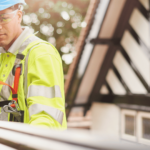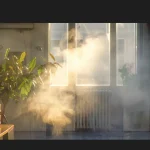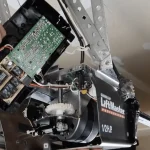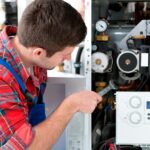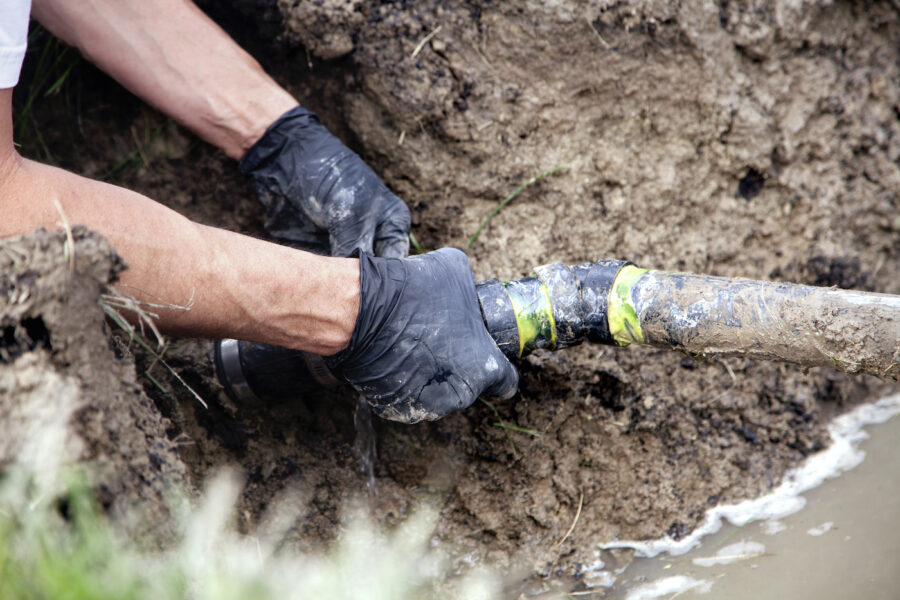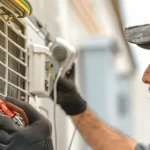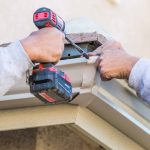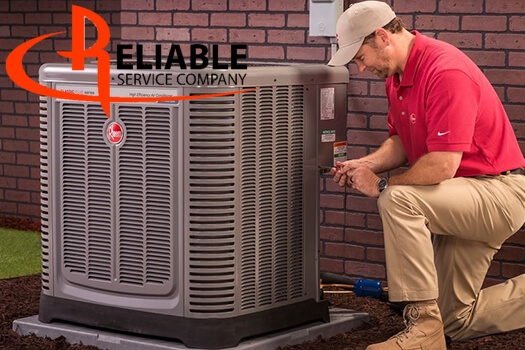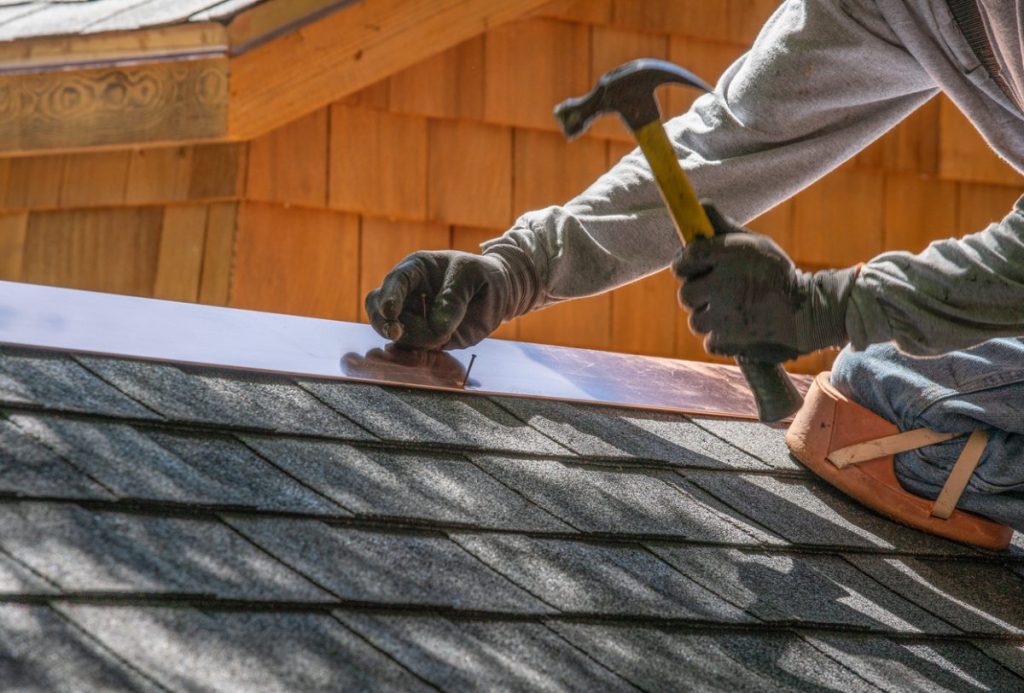Portland’s chilly winters make a functioning fireplace more than just a luxury—it’s a necessity for comfort and warmth. However, many homeowners ignore subtle warning signs until minor issues become major safety hazards and expensive repairs. Local fireplace repair specialists know that early detection can save thousands in replacement costs while protecting families from dangerous situations like house fires and carbon monoxide poisoning.
Recognizing these five critical warning signs can mean the difference between a simple repair and a complete system overhaul. When any of these issues appear, immediate professional attention isn’t just recommended—it’s essential for your family’s safety.

Content
Smoke Entering Your Living Space
When smoke billows back into your room instead of going up the chimney, your fireplace is sending a clear distress signal. This dangerous situation creates poor indoor air quality, increases carbon monoxide exposure risk, and poses a serious fire hazard.
Several factors cause smoke to enter living spaces. Chimney blockages from debris, bird nests, or creosote buildup prevent proper ventilation. A damaged or malfunctioning damper can’t control airflow effectively. Portland’s freeze-thaw cycle often damages masonry, creating structural issues that disrupt the chimney’s natural draft.
The moment smoke enters your home, stop using the fireplace immediately. Don’t attempt to “burn through” the problem—this only increases danger. Professional inspection and cleaning are required before safe operation can resume.
Unusual Odors and Gas Smells
Different fireplace types produce distinct warning odors that signal immediate repair needs. Wood-burning fireplaces may emit musty, damp smells indicating water infiltration, strong creosote odors when not in use, or animal decay smells from chimney blockages.
Gas fireplaces present more urgent concerns. The distinctive rotten egg smell of natural gas indicates a potentially life-threatening leak. Burning plastic or electrical odors suggest component failure, while excessive soot or combustion smells point to incomplete burning and carbon monoxide production.
Electric fireplaces generate burning electrical component smells or overheating odors from malfunctioning fans and heating elements.
If you detect gas odors, shut off the gas supply immediately and evacuate the area. Avoid any ignition sources, including light switches and electrical devices. Contact emergency services if the smell is strong or persistent.
Pilot Light and Ignition Problems
Gas fireplace pilot lights should burn with a steady blue flame. When pilot lights won’t stay lit, frequently extinguish, or burn yellow or orange instead of blue, the system requires immediate professional attention.
These problems often stem from faulty thermocouple or thermopile components, gas supply pressure issues, or dirty pilot assemblies. Draft problems can also affect pilot stability, causing intermittent operation that creates dangerous gas accumulation.
Electric fireplaces may experience ignition problems through power supply issues, control panel malfunctions, or unresponsive remote controls. These electrical failures can create fire hazards if internal components overheat or short-circuit.
Wood-burning fireplaces with starting difficulties often indicate poor draft conditions. If fires produce excessive smoke immediately upon lighting or display unusual flame patterns, the chimney system needs professional evaluation.
Never attempt to repair gas system components yourself. These complex systems require certified technicians with specialized training and equipment to diagnose and fix safely.
Visible Structural Damage
Structural damage to fireboxes, hearths, and chimneys creates immediate safety risks that demand professional repair. Cracks in firebox walls or floors, chipped or discolored bricks, and deteriorating mortar joints compromise the fireplace’s ability to contain fires safely.
Portland’s climate creates unique challenges for fireplace structures. The Pacific Northwest’s freeze-thaw cycle causes masonry expansion and contraction, leading to cracks and mortar deterioration. Heavy rainfall can infiltrate damaged areas, accelerating structural breakdown.
Chimney exterior damage includes visible cracks in masonry, crumbling mortar between bricks, damaged chimney caps, and white staining (efflorescence) on exterior surfaces. These issues allow water penetration that can cause extensive interior damage.
Internal components like dampers may stick, show rust or corrosion, or have missing seals. These problems prevent proper operation and can allow dangerous gases to enter living spaces.
Large cracks or loose masonry require immediate cessation of fireplace use. Even minor mortar issues need prompt professional assessment to prevent escalation into major structural problems.
Strange Noises and Mechanical Issues
Unusual sounds from fireplaces often indicate mechanical failures that pose safety risks. Gas fireplaces may produce popping, crackling, or whistling sounds beyond normal operation. Fan grinding, gas valve clicking, or rumbling during operation suggests component wear or gas supply irregularities.
Wood-burning fireplaces naturally create some crackling sounds, but excessive popping, chimney whistling, or damper rattling indicates problems. Animal sounds suggest wildlife intrusion that blocks proper ventilation.
Electric fireplaces with mechanical issues may run fans without producing heat, generate grinding or squealing from internal components, or create electrical buzzing and crackling sounds. These symptoms often precede complete system failure or electrical fires.
Strange noises frequently result from gas supply pressure problems, chimney blockages affecting airflow, worn mechanical components, or dangerous creosote buildup. Each situation requires different repair approaches that only trained professionals can safely execute.
Taking Action When Problems Arise
When any of these warning signs appear, prioritize safety over convenience. Stop using the fireplace immediately when safety concerns arise. For gas odors, shut off the gas supply and evacuate the building. Ensure proper ventilation in affected areas and document issues with photographs for professional consultation.
Contact certified fireplace technicians for comprehensive inspections rather than attempting DIY repairs on gas or electrical systems. Verify technician credentials and local licensing before scheduling service. Request detailed written estimates for necessary repairs to understand the scope and cost of required work.
Portland homeowners should schedule inspections before heavy winter use begins and address water infiltration issues promptly due to the local climate. Preventive maintenance helps minimize damage from freeze-thaw cycles that affect fireplace systems throughout the region.
Recognizing these five warning signs—smoke infiltration, unusual odors, ignition problems, structural damage, and strange noises—protects families from serious safety hazards while preventing minor issues from becoming major expenses. When doubt exists about fireplace safety, professional inspection provides peace of mind and ensures safe operation throughout Portland’s long winter season.

Christine Kelley is a dedicated home blogger who has been blogging for over six years. She covers everything home related. Christine also loves writing posts about her travels to Europe with her husband and two children.



